Cycle development is at the heart of any decontamination process and critical to its success.
When developing a decontamination cycle, it is important to determine all process parameters using chemical, physical and microbiological test procedures for reproducible, successful bio-decontamination.
This is a statistical method to ideally adjust the decontamination process to the environmental conditions and the respective room situation.
For Ortner Decon experts, these services are part of the daily routine.









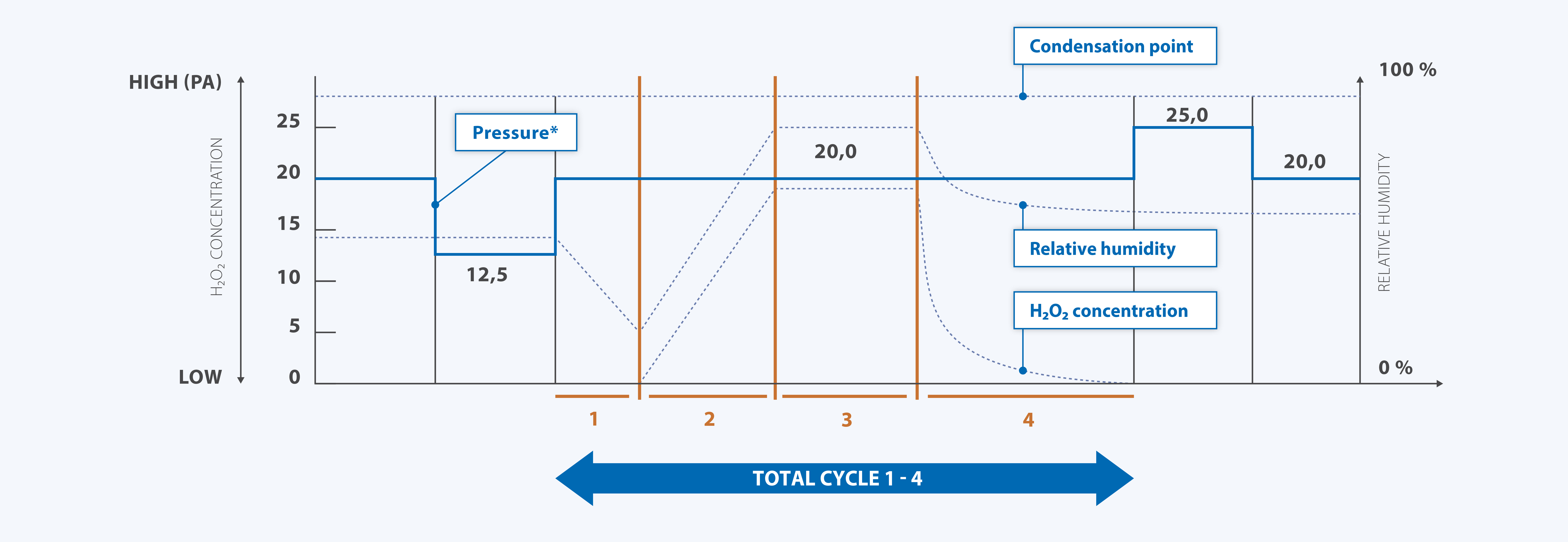

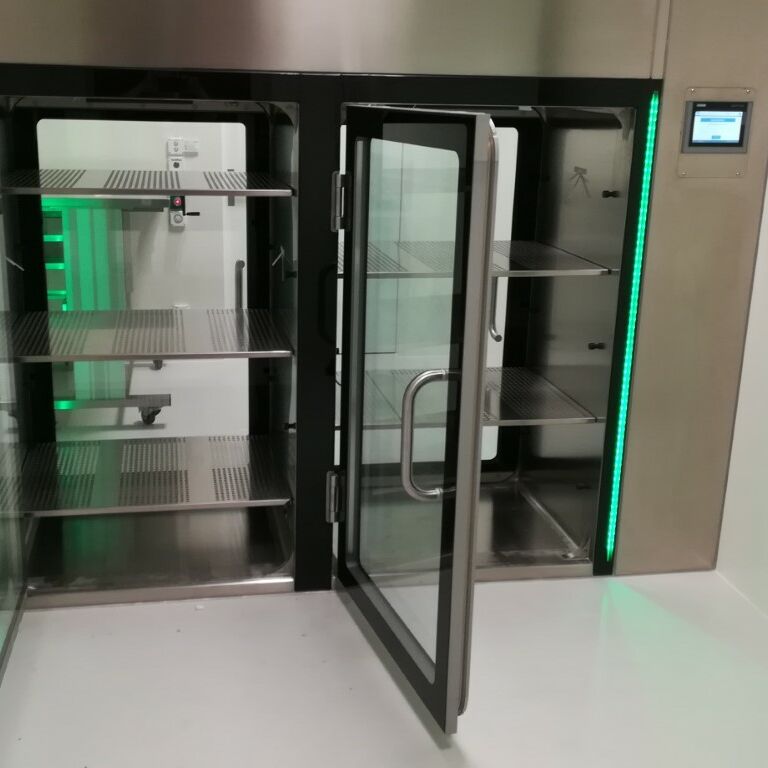
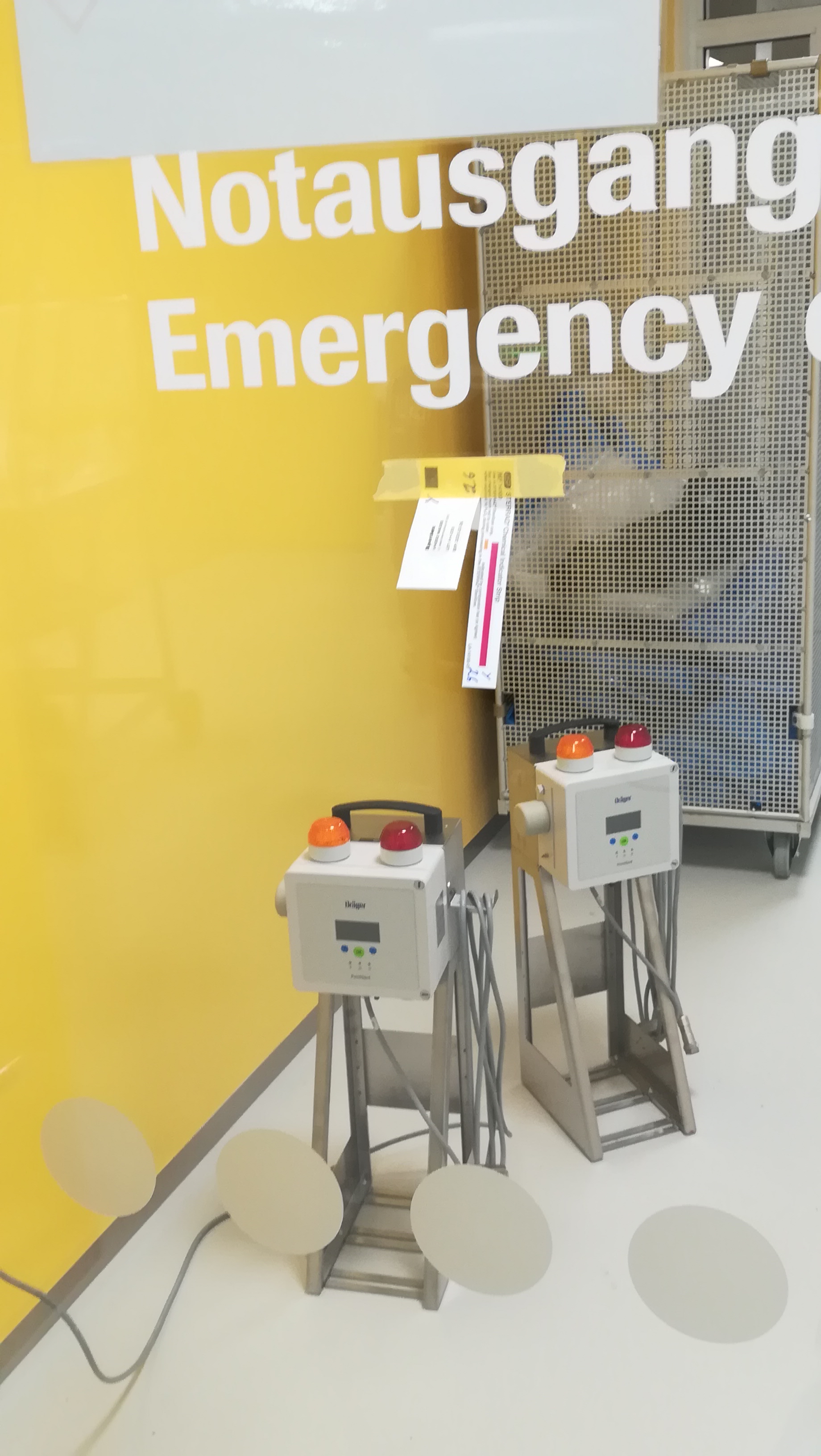
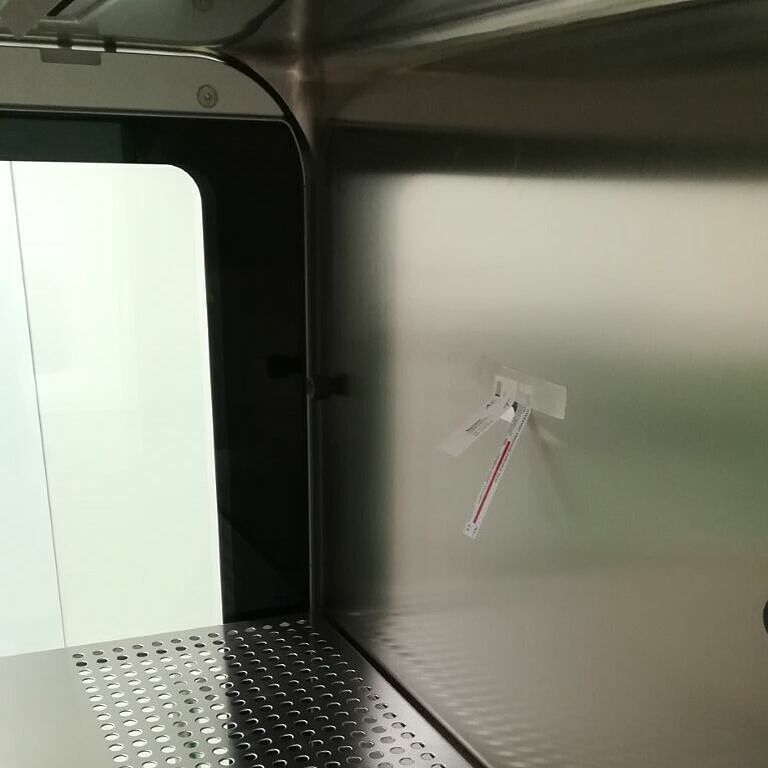
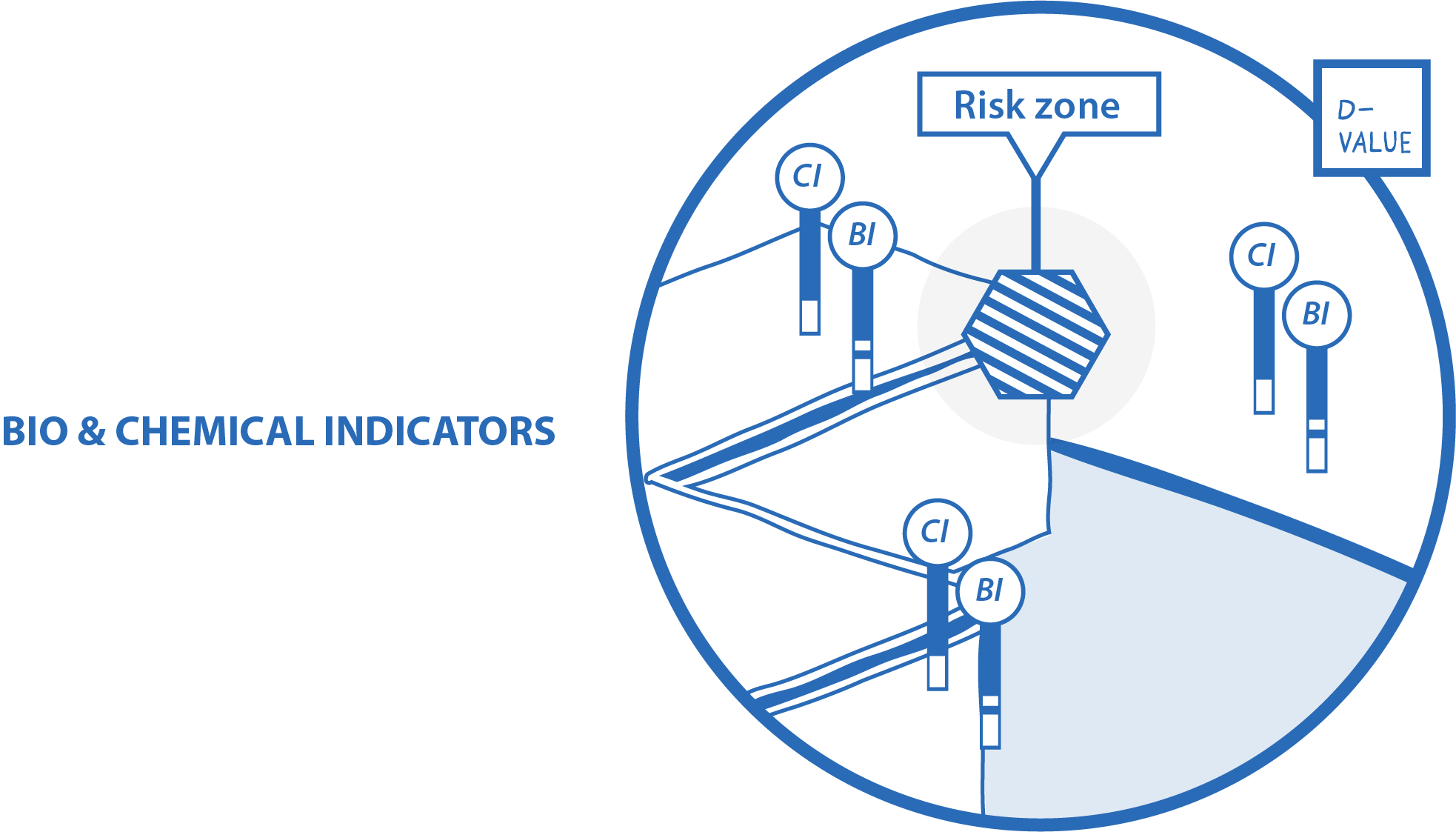
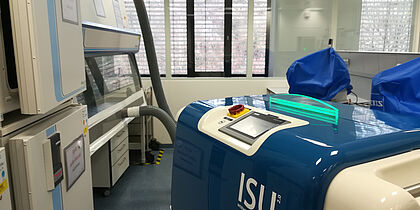
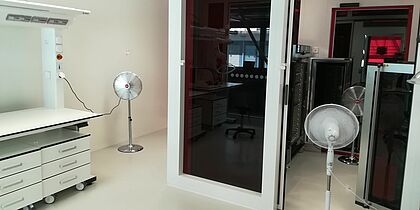
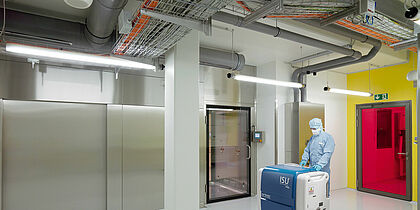
 Print out
Print out